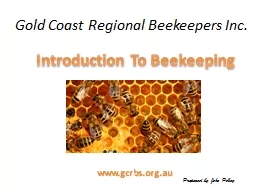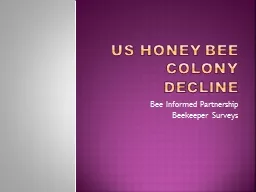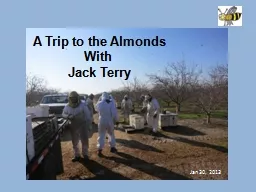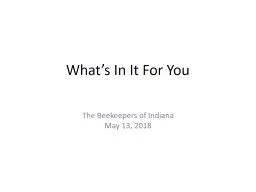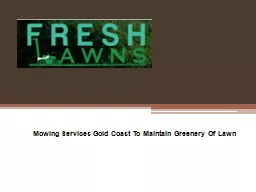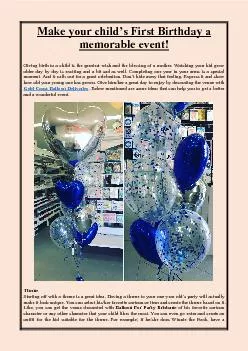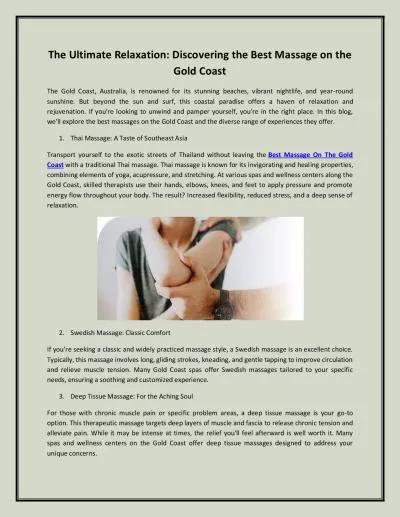PPT-Gold Coast Regional Beekeepers Inc.
Author : conchita-marotz | Published Date : 2017-03-18
I ntroduction To Beekeeping wwwgcrbsorgau Prepared by John Polley Overview Types of bees Developments of bees lifecycle of bees Bees communication and food sources
Presentation Embed Code
Download Presentation
Download Presentation The PPT/PDF document "Gold Coast Regional Beekeepers Inc." is the property of its rightful owner. Permission is granted to download and print the materials on this website for personal, non-commercial use only, and to display it on your personal computer provided you do not modify the materials and that you retain all copyright notices contained in the materials. By downloading content from our website, you accept the terms of this agreement.
Gold Coast Regional Beekeepers Inc.: Transcript
Download Rules Of Document
"Gold Coast Regional Beekeepers Inc."The content belongs to its owner. You may download and print it for personal use, without modification, and keep all copyright notices. By downloading, you agree to these terms.
Related Documents

